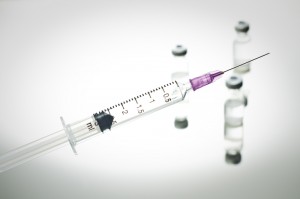
Policyholder Services
| << Back |
How to Prevent Harm from Improper Use of Single-dose/ Single Use Vials
Every year, ophthalmologists give hundreds of thousands of intravitreal and intraocular injections. The Center for Disease Control (CDC) has been very active in promoting safe injection practices. This CDC Position Paper provides the CDC’s “position” and “general messages” that all ophthalmologists should be aware of and implement in their practice.
The following is from the CDC website:
http://www.cdc.gov/injectionsafety/
Injected medicines are commonly used in healthcare settings for the prevention, diagnosis, and treatment of various illnesses. Unsafe injection practices put patients and healthcare providers at risk of infectious and non-infectious adverse events and have been associated with a wide variety of procedures and settings. This harm is preventable. Safe injection practices are part of Standard Precautions and are aimed at maintaining basic levels of patient safety and provider protections. As defined by the World Health Organization, a safe injection does not harm the recipient, does not expose the provider to any avoidable risks and does not result in waste that is dangerous for the community.
Visit the page on CDC’s role in safe injection practices.
Please refer to OMIC's Copyright and Disclaimer regarding the contents on this website





